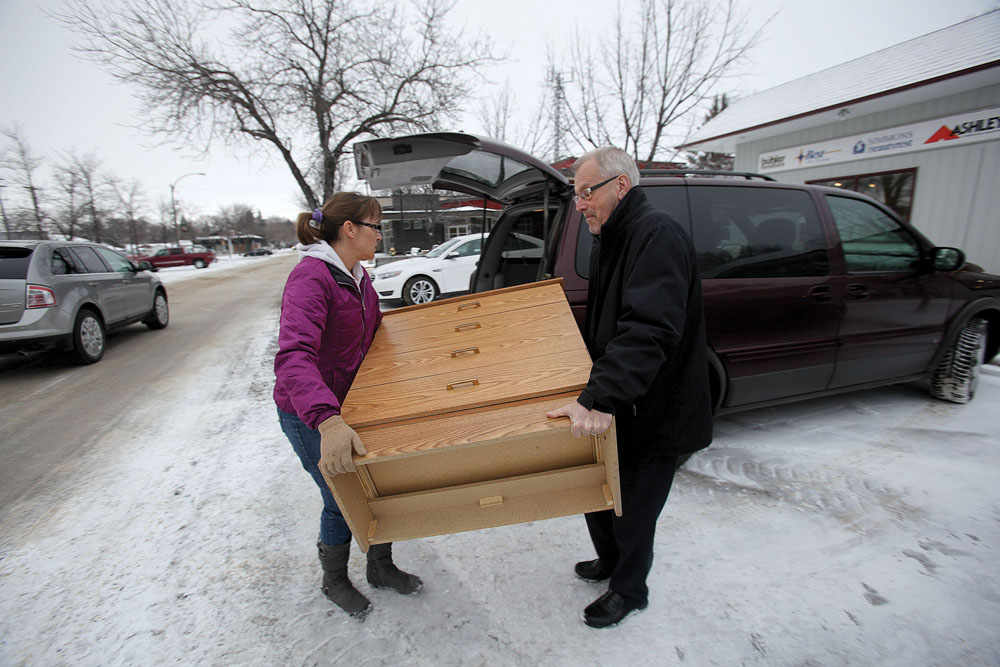Regional is the new rural, according to a new report released by the Rural Development Institute (RDI) showing the most successful efforts to boost population in rural areas are those most focused across wider regions.
Growth Strategies for Rural Communities includes six case studies that explore where municipalities, both losing and gaining in populations have focused their efforts for the past 20 years.
Population growth does not just happen on its own, making rational, planned approaches, resources and a commitment to follow through are integral to making it happen, the report says.
Read Also

AgriStability enrolment deadline extended
The deadline for Manitoba farmers to enroll in the AgriStability business risk management program has been extended by three months agriculture minister Ron Kostyshyn announced on Friday.
But while emphasis continues everywhere to retain youth and repatriate former residents, in part based on lifestyle, family, well-being, and scenic attractions, it’s also being shifted as it recognized people no longer exclusively live, work and shop in any one single locality.
That’s given rise to rethinking about community less as a single entity but across economic and geographic regions, the report says, noting that municipalities with population growth are those placing greater emphasis on regional co-operation with neighbouring towns.
The six participating municipalities included three growth areas of Russell and the RMs of Pipestone and Coldwell, plus three losing population including the RMs of Argyle, Grahamdale amd Montcalm.
“We know through our work that rural planners and development officers are looking for ways to sustain and grow population,” says William Ashton, director of the RDI. “This research provides evidence to assist with decision-making on how to best focus resources and energies in population growth initiatives,” Ashton said.
The full report and six case studies can be found at the Brandon University website.




















